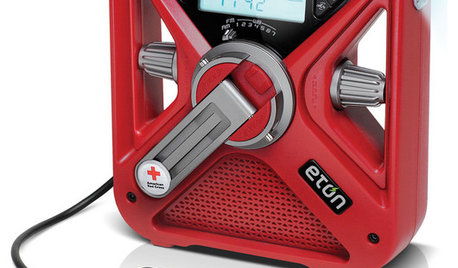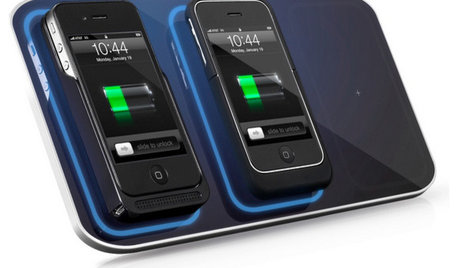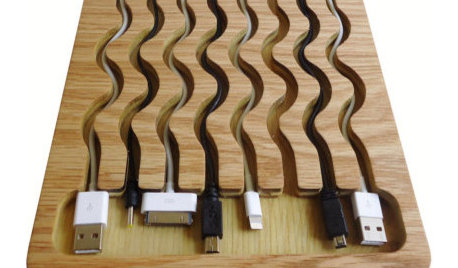Don't think the LT1000 is charging
cjharris02892
12 years ago
Related Stories

HOME TECH7 Ways to Charge Up and Connect After Disaster
Products and tips for communicating and keeping essential items running till the power's back on
Full Story
LIFEStop the Toy Takeover by Changing the Way You Think
Make over your approach and get gift givers onboard with your decluttering efforts by providing meaningful toy alternatives
Full Story
HOME TECHComing Soon: Furniture That Charges Your Phone
Countertops, tables and home appliances with wireless charging capability mean less clutter — and zero effort powering your phone
Full Story
HOME TECHReady to Bid Good Riddance to Charging Cords?
A new breed of base stations will reduce wires, decluttering homes and saving sanity everywhere
Full Story
THE HARDWORKING HOMEA Hidden Charging Cabinet Corrals and Juices Family’s Electronics
The Hardworking Home: Laptops, phones and tablets now have a safe space in this kitchen, keeping the countertops uncluttered
Full Story
DIY PROJECTSHide All Those Wires in a DIY Charging Station
Keep your gadgets handy and charged with a flexible storage board you can design yourself
Full Story
PRODUCT PICKSGuest Picks: Stay Charged
It’s power to the people with the coolest smartphone and tablet chargers, stations and cord organizers on the block
Full Story
ORGANIZINGCharging Stations Lead Tidiness Battle
Keep your cell phone, camera and other electronics handy and juiced up without a tangled mess of cords
Full Story
ARCHITECTUREThink Like an Architect: Know Your Homesite for a Great Design
Learn how to approach a building site the way professionals do — considering everything in sight
Full Story
MODERN ARCHITECTUREBuilding on a Budget? Think ‘Unfitted’
Prefab buildings and commercial fittings help cut the cost of housing and give you a space that’s more flexible
Full StorySponsored






mownie
User
Related Professionals
Baltimore Landscape Architects & Landscape Designers · Essex Landscape Architects & Landscape Designers · Fillmore Landscape Architects & Landscape Designers · Brookside Landscape Contractors · Brooklyn Park Landscape Contractors · Point Pleasant Landscape Contractors · Pueblo West Landscape Contractors · San Benito Landscape Contractors · Vadnais Heights Landscape Contractors · Aurora Window Contractors · Safety Harbor Window Contractors · Glen Burnie Window Contractors · Lemont Window Contractors · Palm River-Clair Mel Window Contractors · Woodland Hills Window Contractorscjharris02892Original Author
mownie
User
bill_kapaun